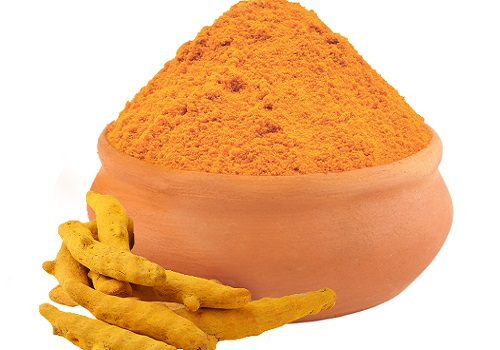Turmeric: Riding the Wave of Uncertainty By Amit Gupta, Kedia Advisory

Turmeric: Riding the Wave of Uncertainty
Turmeric, with its vibrant colour and distinctive flavour, has long been a staple in Indian cuisine and traditional medicine. However, the turmeric market has recently experienced significant volatility, with prices rallying by a staggering 180% in just four months to reach 18,000 units. Several factors have contributed to this price surge. A notable decline in sowing by approximately 28-30% has tightened supply, leading to increased prices. Crop damage in Maharashtra and unseasonal rains in Andhra Pradesh further reduced turmeric yields. Poor rainfall, linked to the threat of El Nino, has also bolstered prices. The decrease in sowing acreage, nearly 35-40% in some areas, has only exacerbated the supply issue.
Turmeric exports during April to June 2023 rose by 16.87%, totalling 57,775.30 tonnes. The impending festival season is poised to further boost sentiment. However, it's essential to consider that prices are expected to remain stable due to limited supply. Farmers and stockists are patiently waiting for better market conditions. In South India, turmeric production has decreased by a significant 45-50%. While there is strong demand in the international market, as indicated by increased exports, it's essential to note that India consumes and exports approximately 15 million bags of turmeric, but production has only reached around 5.5-5.6 million bags.
Moreover, carry-over stocks of turmeric are on the higher side, contributing to market stability. The Fast-Moving Consumer Goods (FMCG) industry is grappling with challenges stemming from inflation, and there are looming recession fears based on current economic data. Additionally, increasingly strict regulations on pesticides in the US and EU are affecting pesticide availability for exports. Technical indicators suggest that prices are in the overbought zone, and a temporary fall of 24% has been observed, testing the 13,600 level. This drop is attributed to profit-booking as demand dampened due to high prices. Nevertheless, the long-term sentiments are supportive enough to propel prices to 18,000 and 21,000 units in the coming 3-4 months, although short-term consolidation at lower levels cannot be ruled out.
























